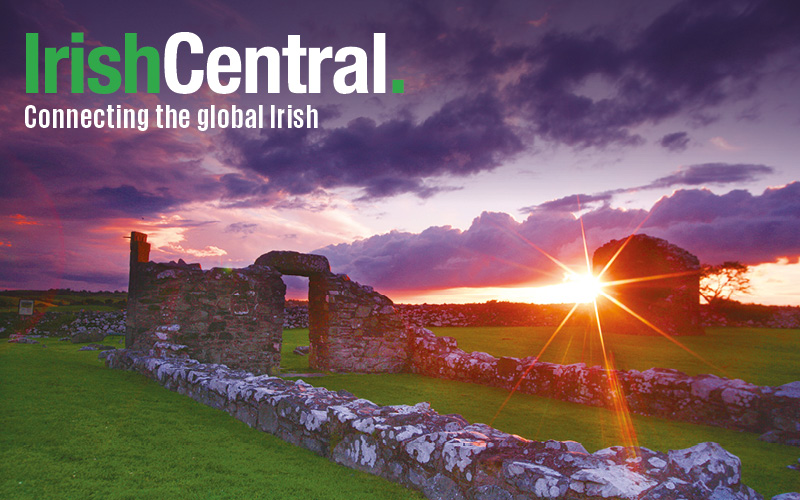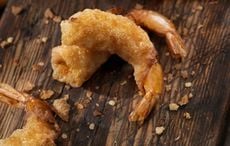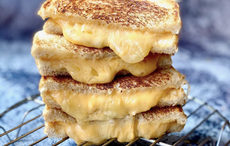How do you fancy a starchy tuberous crop from the perennial plant Solanum tuberosum of the Solanaceae family? What? No takers? (That's a potato to you and me!) The potato history can be traced back over 7,000 years. The potato is a member of the nightshade family, and its leaves are, indeed, poisonous. A potato left too long in the light will begin to turn green. The green skin contains a substance called solanine, which can cause the potato to taste bitter and even cause illness in humans. So don't eat the leaves - eat the spud, and who can think of a better way to feast upon these than by having a big bowl of colcannon. COLCANNON An old Irish Halloween tradition was to serve colcannon with prizes of small coins concealed in it, as the English do with Christmas pudding. This is still done today and small amounts of money are placed in the potato, but as this is neither Halloween and I'm a bit tight with money we are just going to cook it. It is similar to the modern version of the English dish, Bubble and squeak (no not a person of Greek heritage!) In Atlantic Canada (especially Nova Scotia and Newfoundland), a local version of the dish is popular among those raised in rural communities. Brought to the provinces by Irish and Scottish settlers, the recipe consists of potatoes, milk, butter, diced carrots and turnip mashed together. This gives it a distinct orange and white colour (as opposed to the green of the Irish version). Some also add onion, garlic and even chopped up bacon. It is routinely served during large holiday meals like Christmas, New Years Eve, Rabbie Burns day and Canadian Thanksgiving. This dish is so popular that poems have been written and songs sung in its honor. The Black Family has a really great version of the famous Colcannon song; in fact the entire CD is outstanding. Here are the main verses: Did you ever eat Colcannon When t'was made with yellow cream, And the kale and the praties blended Like the picture in a dream? Did you ever take a forkful And dip it in the lake Of heather-flavoured butter That your mother used to make? INGREDIENTS 1 lb Potatoes, sliced 2 medium Parsnips, peeled and sliced 2 medium Leeks 1 cup milk 1 lb Kale or cabbage 1/2 tsp Mace 2 large Garlic cloves, minced 1 tsp Salt 1/2 tsp Pepper 2 TBSP butter 1 bunch fresh Parsley, chopped METHOD Cook the potatoes and parsnips in water until tender. While these are cooking, chop leeks (greens as well as whites) and simmer in the milk until soft. Next, cook the kale or cabbage and have warm and well chopped. Drain the potatoes, season with mace, garlic, salt and pepper, and beat well. Add the cooked leeks and milk (be careful not to break down the leeks too much). Finally, blend in the kale or cabbage and butter. The texture should be that of a smooth-buttery potato with well distributed pieces of leek and kale. Garnish with parsley. Colcannon is also made by cooking layered vegetables, starting with potatoes, in a slow-cooker during the day. Drain vegetables, blend with milk and margarine as above and garnish with parsley. AND FINALLY... Did you know? The Irish referred to potatoes as "spuds," the name that came from a type of spade used for digging potatoes. The word "pothole," which we use to describe a hole in the road came from the Irish. They boiled their daily meal of potatoes in a pot. When the potatoes were finished cooking, the pot was lifted off the fire and set on the ground to cool. In the process of mashing the potatoes, the pot would be pushed into the ground. In time, a deep hole would develop a pothole!




Comments